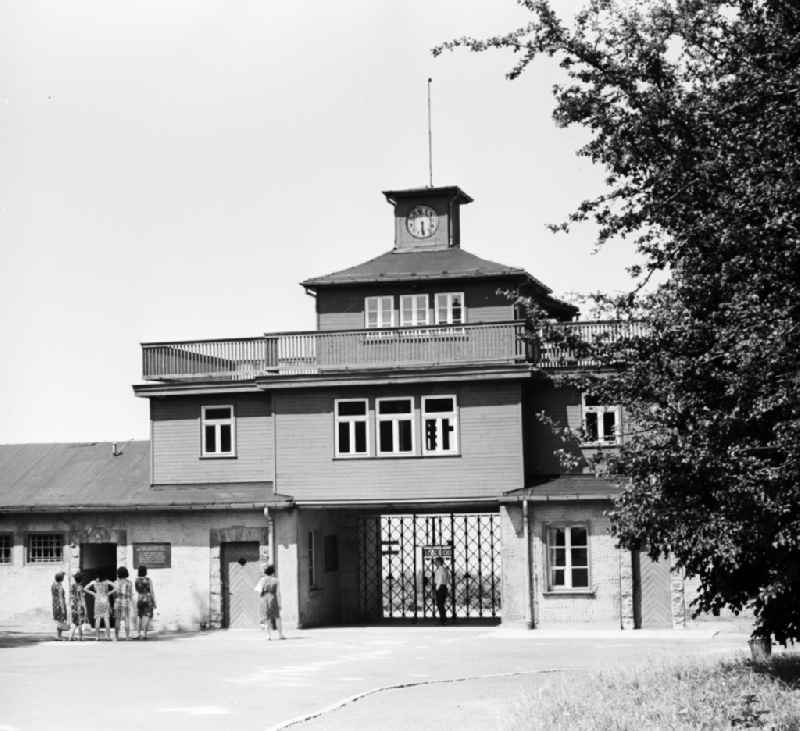Search for GDR photos "Concentration Camp"
Please wait!
Photo ID has been copied
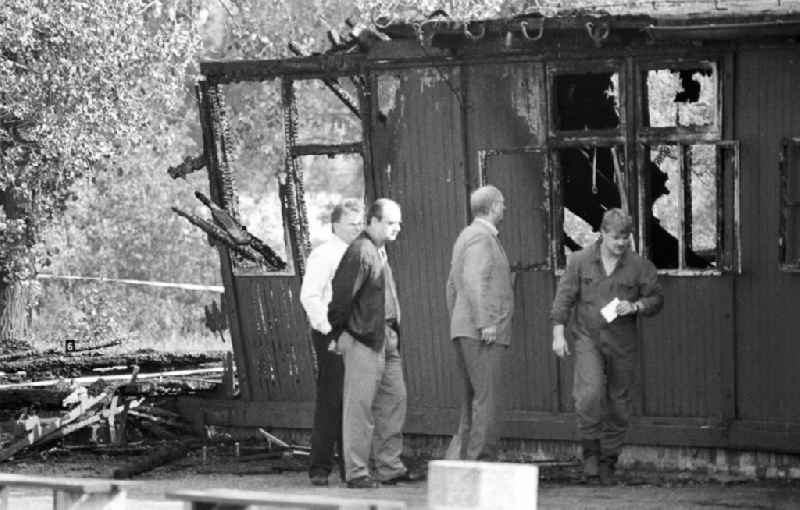
Photo ID has been copied

Photo ID has been copied

Photo ID has been copied

Photo ID has been copied
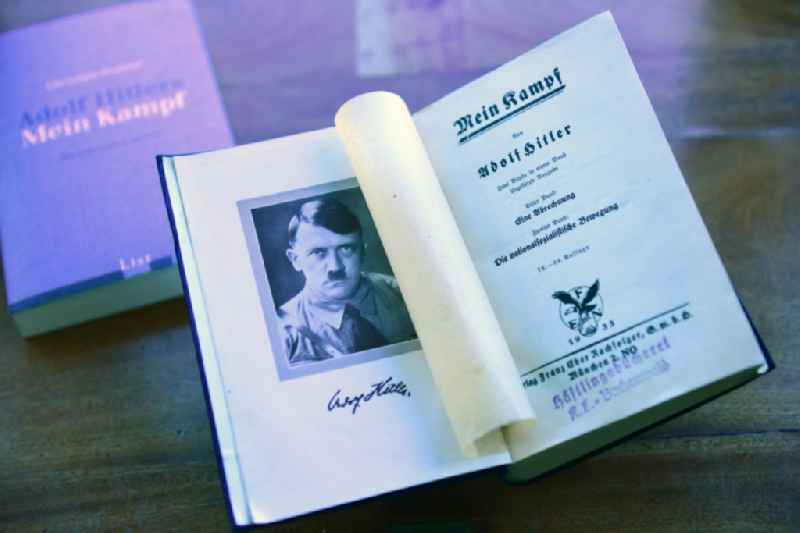
Photo ID has been copied

Photo ID has been copied
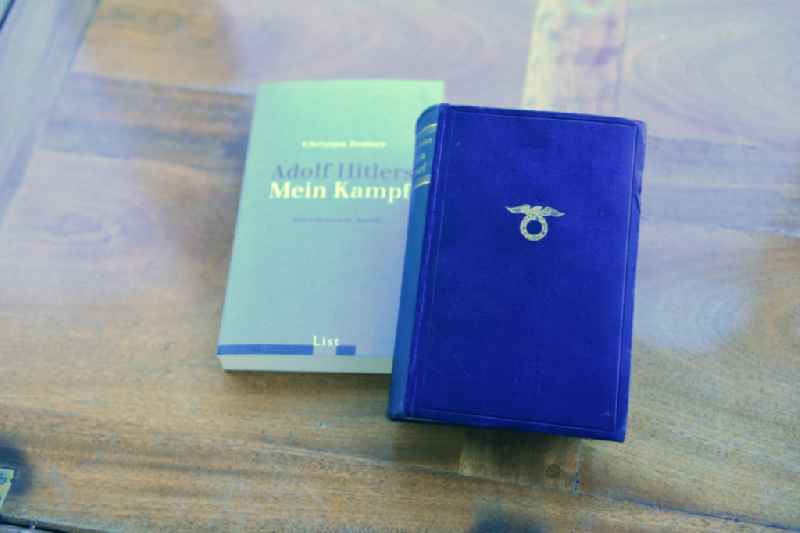
Photo ID has been copied

Photo ID has been copied

Photo ID has been copied
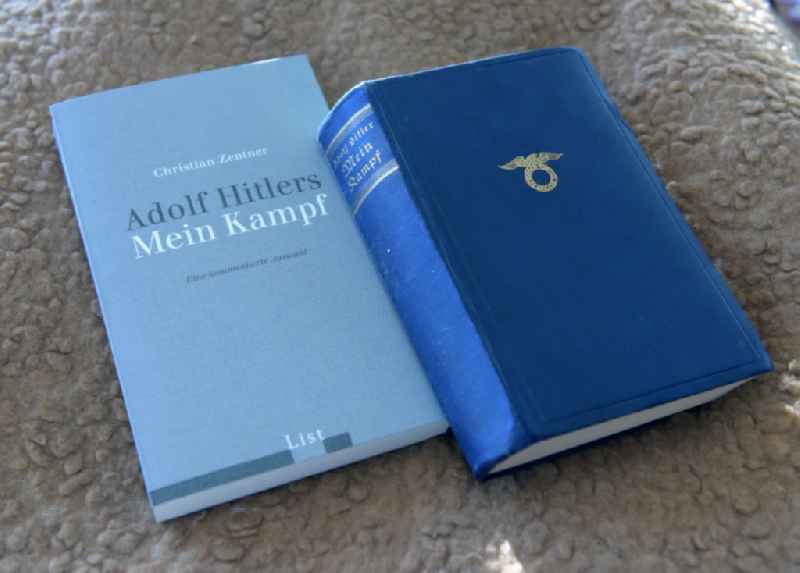
Photo ID has been copied

Photo ID has been copied

Photo ID has been copied

Photo ID has been copied

Photo ID has been copied

Photo ID has been copied
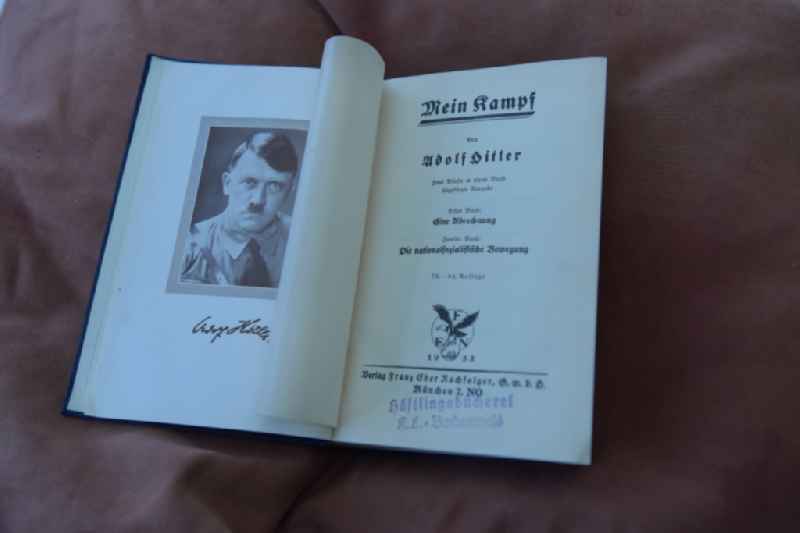
Photo ID has been copied

Photo ID has been copied
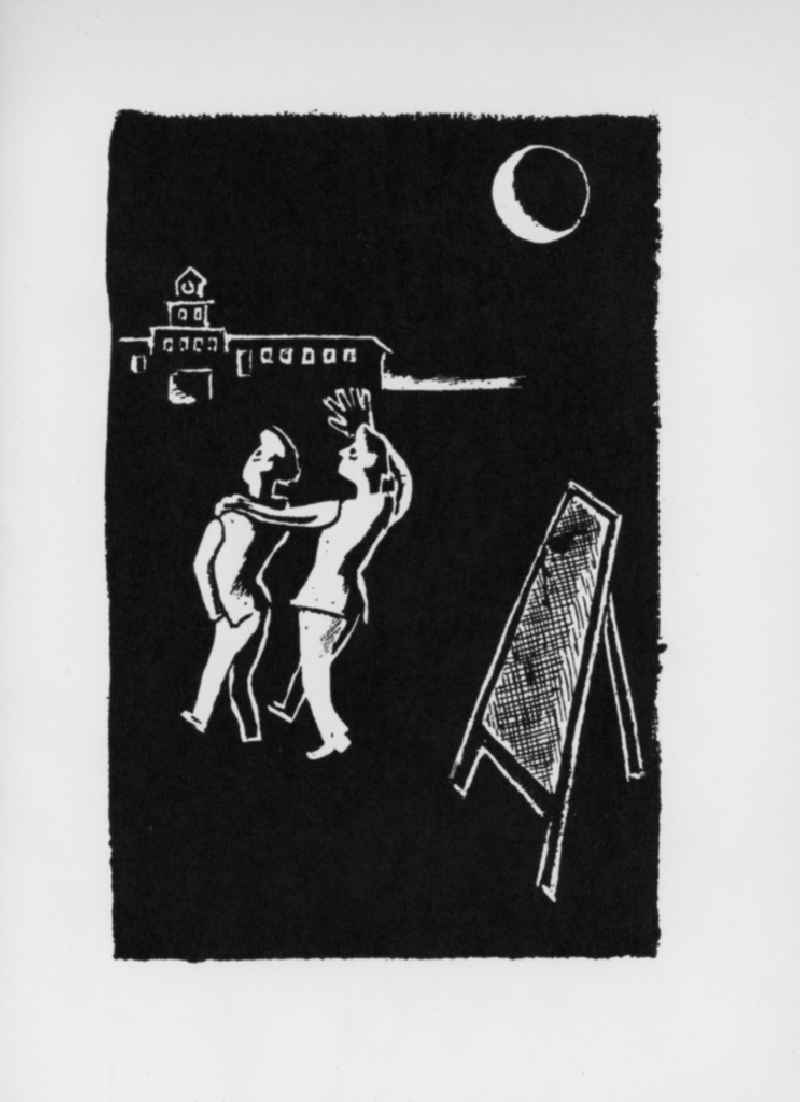
Photo ID has been copied

Photo ID has been copied

Photo ID has been copied

Photo ID has been copied

Photo ID has been copied
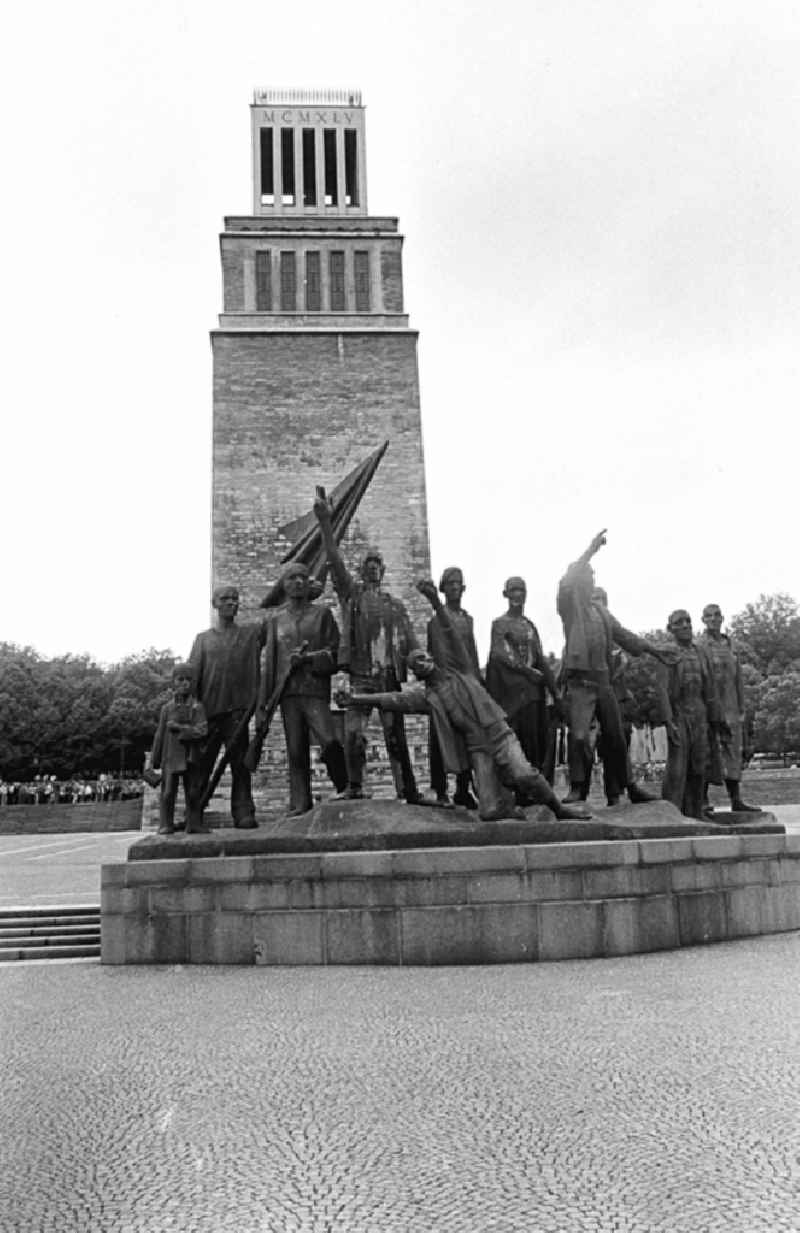
Photo ID has been copied
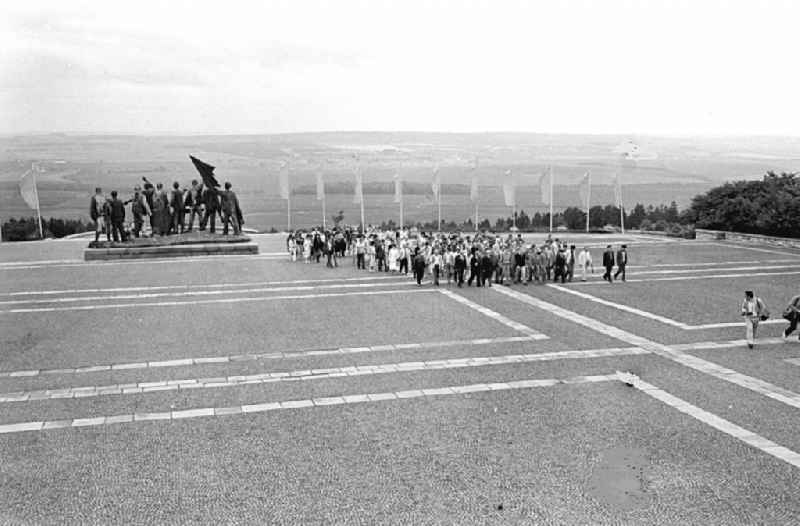
Photo ID has been copied

Photo ID has been copied

Photo ID has been copied

Photo ID has been copied
